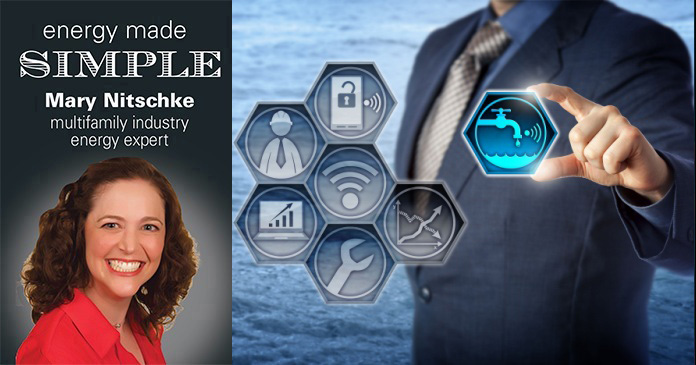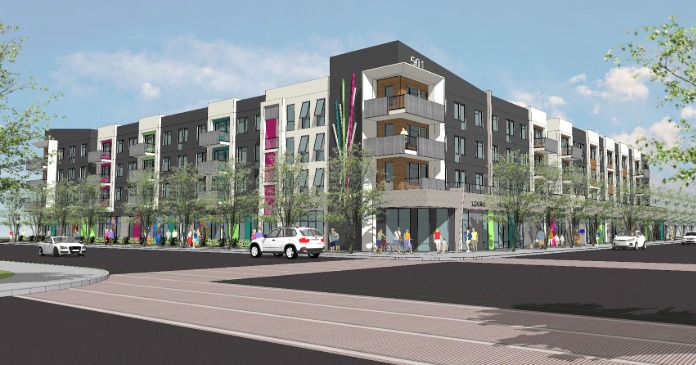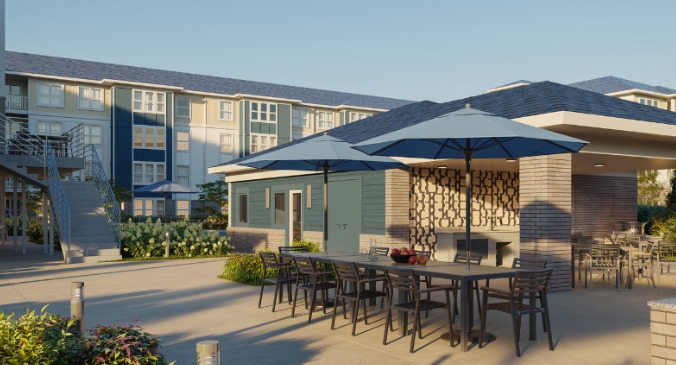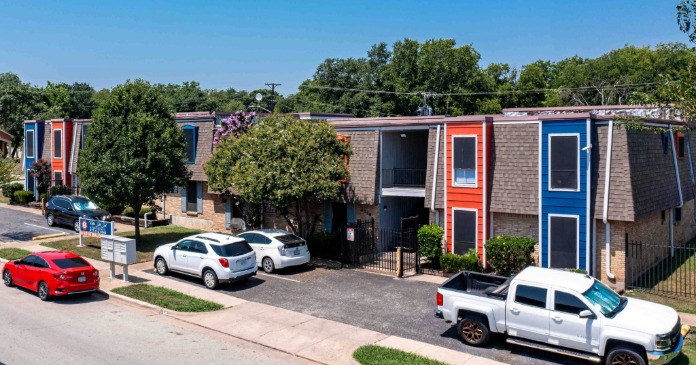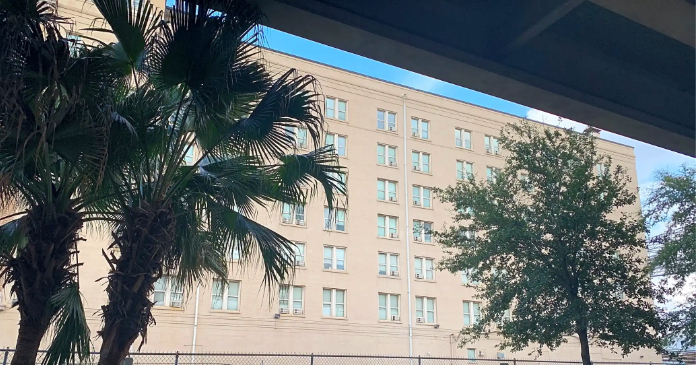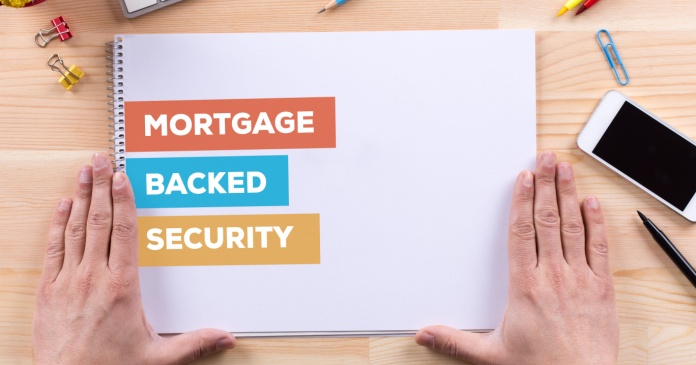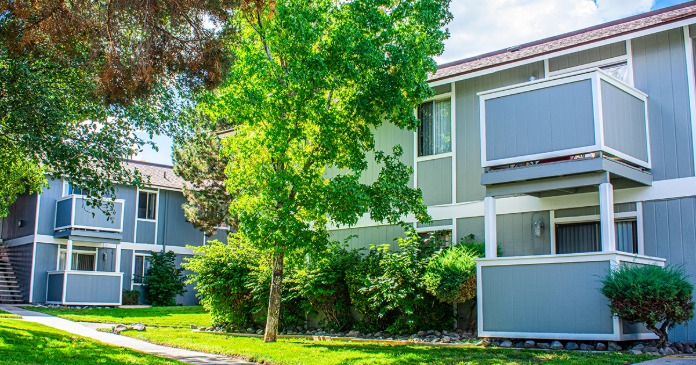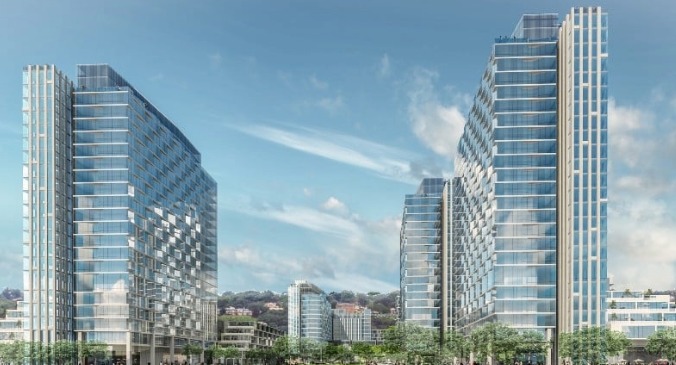Let us continue our deep dive into our “Show me the money” discussion of utility reimbursement revenue and where common sense needs to play a role. After we have addressed our resident-unit meter set ups, it is time to look at the full utility recovery program. The first question that you need to ask yourself, is “how much of my expense am I actually recovering?”
Sure, you can look at a report from your bill-back provider to see what your Common Area Deduction (CAD) is or how many gallons of water you are billing for your sub-metered utilities, but when you compare dollars to dollars, it doesn’t always make sense. In our financial reports, we often mix all types of utility bill-back charges (water, sewer, waste, etc.) into one general ledger (GL) category called “Other Income.” This category is a delightful junk-drawer of money, but it is impossible to tie to specific utility expenses. To quote the 2014 movie Hellboy, “In the absence of light, darkness prevails.”
To add to the confusion, there is a misconception that recovery reports generated based on the monthly billing data provide this information. Typically, these reports only look at the expenses that can be included in the allocation for bill-back and not at the total property expense. For example, there can be accounts or meters that are not (or cannot be) included in the allocation for water. A garden-style community in a jurisdiction in which the irrigation meters must be excluded from the Ratio Utility Billing System (RUBS) bill-back process may only recover about 60 percent of the water expense even with the billing CAD set to 0 percent. The point is that your recovery rate is different from your CAD.
To get a clear picture of your program’s performance, you must actively compare the total utility expenses you pay to your utility provider against the total utility reimbursement revenue you collect from tenants. This comparison should be made on a regular basis, ideally monthly. Personally, I like to use the financials and break the “other income” category into sub-GL codes by utility type, like “Utility recovery water”, “Utility recovery trash”, etc.
By doing this, you can calculate your utility recovery rate. The formula is simple:
UtilityRecoveryRate=(TotalUtilityReimbursements/TotalUtilityExpenses)∗100
A recovery rate of 100 percent means you are breaking even. If your rate is 90 percent, it means you are covering 90 percent of your costs, and the remaining 10 percent is a direct expense to you. If your rate is consistently low, it is a huge red flag that something needs to be addressed.
What to do with the data
Once you have a clear understanding of your recovery rate, you can take informed action and improve your Net Operating Income (NOI):
- Identify inefficiencies: A low recovery rate could signal a major leak or an inefficient system. You can then investigate and make necessary repairs or upgrades to lower your overall utility expenses.
- Review your RUBS formula: Your current formula might not be accurately reflecting consumption. You may need to adjust the variables to better align with actual usage.
- Adjust rental pricing: If you are consistently under-recovering utility costs, you might need to factor that gap into your overall rental pricing strategy.
- Evaluate your billing company: Make sure the fees you pay your bill-back provider are worth the service and that they are accurately and efficiently billing your tenants.
Do not let your RUBS program give you a false sense of security. By regularly comparing your expenses to your reimbursements, you will gain a clear financial picture and ensure your program is truly working for you. You will see the money.


